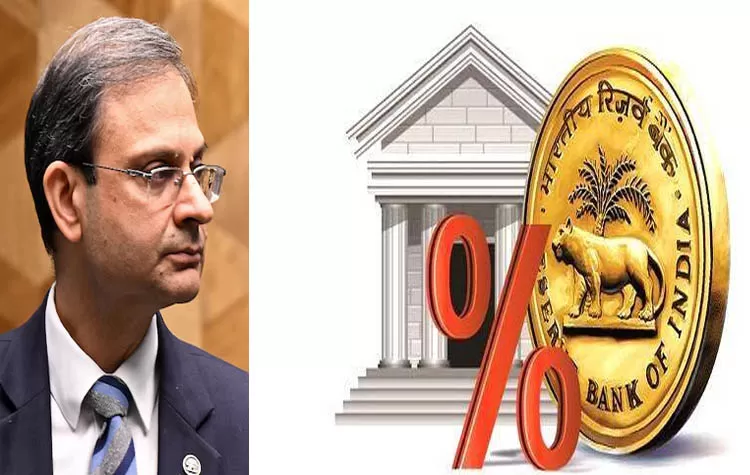
The Reserve Bank of India (RBI) has once again adjusted the benchmark interest rate, as per market expectations. In the recent monetary policy update, the central bank lowered the repo rate by 0.25%, from 6.25% to 6.0%. This is the second cut in a row, following a similar 25 basis points cut earlier in the year. The ruling was issued by RBI Governor Sanjay Malhotra, emphasizing the Monetary Policy Committee's (MPC) steady line in the midst of shifting economic indicators.
The new interest rate reflects the central bank's strategy to maintain economic pace without forgetting inflation and external threats. The ruling is expected to influence lending rates in sectors like housing and auto finance.
Monetary Policy Committee's Unanimous Decision
RBI Governor Sanjay Malhotra stated the Monetary Policy Committee, in consensus, went ahead and reduced the rate. Apart from the reduction, the committee also signaled a shift in its monetary policy approach, from a hard to a shift-adjusted method. This reflects a more dynamic approach, allowing the RBI to respond more aggressively to domestic and global economic events.
The repo rate cut is also expected to impact interest rates on loans directly. Financial institutions and banks will be prompted to lower their lending rates, thus cutting the price of housing, car, and personal loans for consumers. This measure is seen as a strategic move to stimulate demand and enhance credit flow in industries.
Economic Outlook and Growth Projections
The RBI also highlighted several problems that could impact India's economic trajectory. Governor Malhotra emphasized that continuing global uncertainties could dampen investment and consumer spending. These factors could slow the overall growth pace. Despite such problems, the RBI was hopeful about the subsequent financial year but with caution.
According to the RBI's estimate, the Indian economy will grow at 6.5% during FY 2025–26. Growth is expected to be quarter-wise uneven, with GDP at 6.5% in Q1, 6.7% in Q2, 6.6% in Q3, and 6.3% in Q4. These are estimates of a relatively stable though modest rate of growth in the next year, led by domestic demand, export momentum, and policy support.
Inflation Trends and Policy Implications
As prices of food began showing decreasing tendencies, RBI predicts an easing in inflationary pressure for FY 2025–26. Quarter-wise numbers by the central bank were forecast at 3.6% for Q1, 3.9% for Q2, 3.8% for Q3, and 4.4% for Q4 as a FY average at approximately 4%. It points toward the prediction that inflation can easily fall into the comfort zone as specified by the RBI.
Firm inflation expectations allow the RBI to have more room for its policy tools. Deflation, as well as falling interest rates, would be supportive of consumer optimism and aid to promote broader economic activity. Signals are viewed by analysts as being a definite try on the central bank's part to find balance between growth and price stability.
Foreign Reserves and External Stability
Governor Malhotra reported that India's foreign exchange reserves stood at $676 billion as of April 4. This level of reserve should be sufficient to finance around 11 months of imports, providing a robust buffer against external shocks. The central bank's confidence in external sector stability underpins its current monetary policy.
The comfortable position of reserve means that rupee stability is kept intact and distortions in capital flow and trade are reduced. With import coverage and a steadfast policy stance, RBI tries to safeguard macroeconomic fundamentals in the uncertain global arena.














